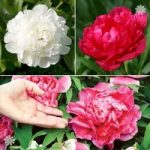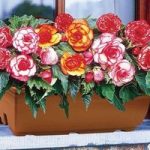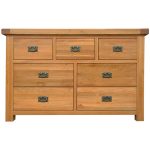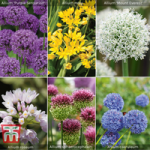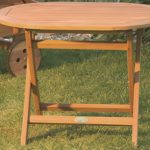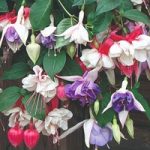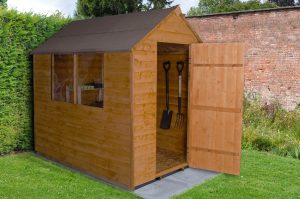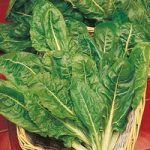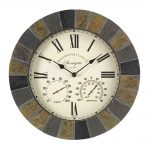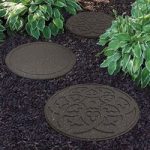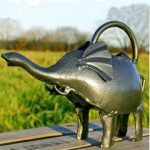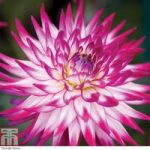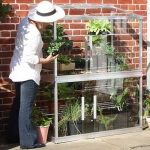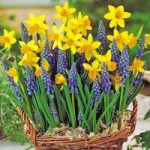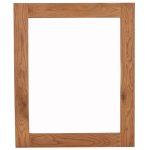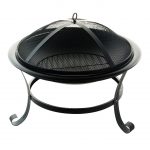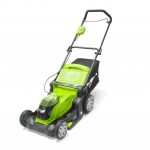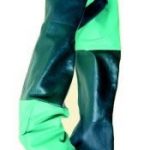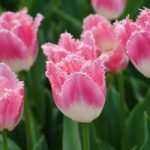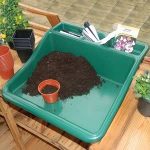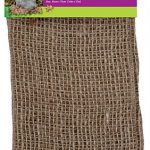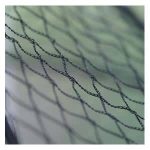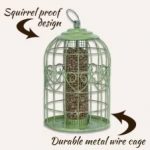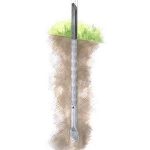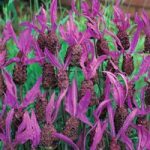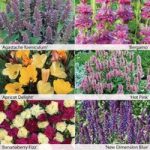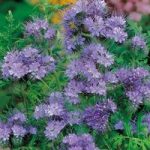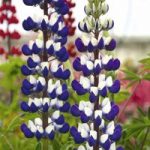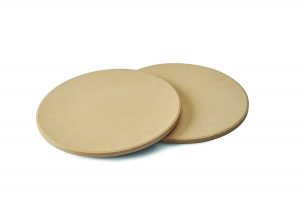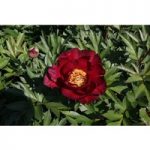Category Archives: Plants & Seeds
Bergenia cordifolia
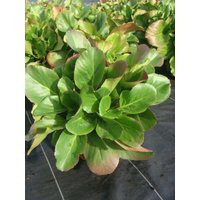 Bergenia cordifolia bears beautiful bell shaped flowers from early spring in colours that range from soft pink to dark rose. The sizeable leaves are glossy and feature wavy edges, commonly with a purple tinge during winter. Often known as Elephant Ears, this robust evergreen perennial is a traditional garden favourite, thanks to its pretty flowers
Bergenia cordifolia bears beautiful bell shaped flowers from early spring in colours that range from soft pink to dark rose. The sizeable leaves are glossy and feature wavy edges, commonly with a purple tinge during winter. Often known as Elephant Ears, this robust evergreen perennial is a traditional garden favourite, thanks to its pretty flowers
Betula nana
 Betula nana is a deciduous dwarf shrub native to the Arctic regions of the world so well able to withstand cold and windy weather! Growing to a maximum height of 60cm (24), the Dwarf Birch has a low spreading habit and produces small, toothed green leaves which take on lovely shades of gold and burnt
Betula nana is a deciduous dwarf shrub native to the Arctic regions of the world so well able to withstand cold and windy weather! Growing to a maximum height of 60cm (24), the Dwarf Birch has a low spreading habit and produces small, toothed green leaves which take on lovely shades of gold and burnt
Buddleja alternifolia
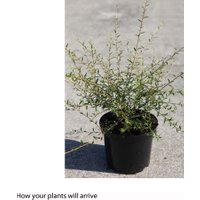 Buddleja alternifolia bears extended panicles of aromatic blooms that attract pollinating insects with their sweet scent. Soft lilac flowers are produced from July to September and contrast spectacularly with the swathes of slender grey-green foliage. This robust Butterfly Bush species is native to China and has been awarded an RHS AGM for its garden performance.
Buddleja alternifolia bears extended panicles of aromatic blooms that attract pollinating insects with their sweet scent. Soft lilac flowers are produced from July to September and contrast spectacularly with the swathes of slender grey-green foliage. This robust Butterfly Bush species is native to China and has been awarded an RHS AGM for its garden performance.
Buddleja ‘Argus Velvet’
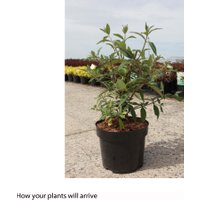 Buddleja ‘Argus Velvet’ is a charming deciduous shrub that produces elegant, arching panicles of rich purple flowers between June and September. As the name suggests, this Butterfly Bush attracts a wealth of pollinating insects to your garden and so is ideal for wildlife gardens as well as sunny borders. Buddleja ‘Argus Velvet’ will form a
Buddleja ‘Argus Velvet’ is a charming deciduous shrub that produces elegant, arching panicles of rich purple flowers between June and September. As the name suggests, this Butterfly Bush attracts a wealth of pollinating insects to your garden and so is ideal for wildlife gardens as well as sunny borders. Buddleja ‘Argus Velvet’ will form a
Buddleja davidii ‘Adonis Blue’
 Buddleja davidii ‘Adonis Blue’ is an essential plant for any wildlife area or cottage garden border, as it will attract butterflies and pollinating insects in droves. Rich indigo blue panicles hang delicately at the end of slender stems adorned with silvery grey leaves. This stunning Butterfly Bush is a comparatively small variety that is ideal
Buddleja davidii ‘Adonis Blue’ is an essential plant for any wildlife area or cottage garden border, as it will attract butterflies and pollinating insects in droves. Rich indigo blue panicles hang delicately at the end of slender stems adorned with silvery grey leaves. This stunning Butterfly Bush is a comparatively small variety that is ideal
Buddleja davidii ‘Camberwell Beauty’
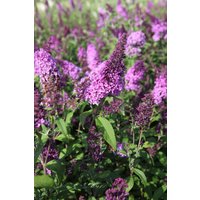 Buddleja davidii ‘Camberwell Beauty’ bears panicles of deep purple blooms, each with an orange-red eye, upon arching stems between July and September. This compact, free flowering variety has been awarded an RHS AGM and makes a stunning feature in sunny borders thanks to its rounded, spreading habit. This Butterfly Bush certainly lives up to its
Buddleja davidii ‘Camberwell Beauty’ bears panicles of deep purple blooms, each with an orange-red eye, upon arching stems between July and September. This compact, free flowering variety has been awarded an RHS AGM and makes a stunning feature in sunny borders thanks to its rounded, spreading habit. This Butterfly Bush certainly lives up to its
Berberis thunbergii ‘Golden Carpet’
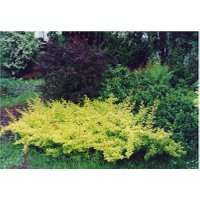 This vibrant little deciduous shrub makes a striking addition to the garden, pairing particularly well with contrasting purple or blue foliage. Small golden leaves create a dense covering and turn to glowing orange in the autumn. In spring, small pink flowers appear which are attractive to bees, and are followed by red berries in the
This vibrant little deciduous shrub makes a striking addition to the garden, pairing particularly well with contrasting purple or blue foliage. Small golden leaves create a dense covering and turn to glowing orange in the autumn. In spring, small pink flowers appear which are attractive to bees, and are followed by red berries in the
Buddleja davidii ‘Empire Blue’
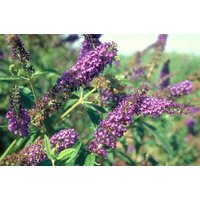 Buddleja davidii ‘Empire Blue’ is a sizeable deciduous shrub that bears rich purple blooms upon softly arching stems swathed in slender grey-green leaves with silvery white undersides. This Butterfly Bush was one of the first commercially available blue varieties and despite various new introductions remains ever popular. With its upright habit and gorgeous sweet fragrance,
Buddleja davidii ‘Empire Blue’ is a sizeable deciduous shrub that bears rich purple blooms upon softly arching stems swathed in slender grey-green leaves with silvery white undersides. This Butterfly Bush was one of the first commercially available blue varieties and despite various new introductions remains ever popular. With its upright habit and gorgeous sweet fragrance,
Buddleja davidii ‘Marbled White’
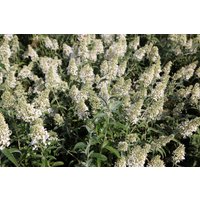 Buddleja davidii ‘Marbled White’ bears large panicles of white flowers, each with a golden eye, upon arching stems cloaked with grey-green foliage. As the name suggests, this stunning Butterfly Bush variety will attract plenty of butterflies and other pollinating insects to your garden thanks to its deliciously aromatic blooms. This deciduous shrub remains compact, despite
Buddleja davidii ‘Marbled White’ bears large panicles of white flowers, each with a golden eye, upon arching stems cloaked with grey-green foliage. As the name suggests, this stunning Butterfly Bush variety will attract plenty of butterflies and other pollinating insects to your garden thanks to its deliciously aromatic blooms. This deciduous shrub remains compact, despite
Buddleja davidii ‘Masquerade’
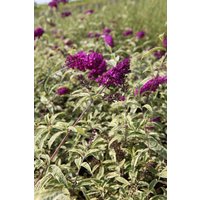 Buddleja davidii ‘Masquerade’ produces panicles of purple-red flowers that are borne on narrow stems between July and September. This variegated variety is rarely seen, originating as a sport of Buddleja ‘Harlequin’. The sage green foliage features wide cream margins but like all variegated plants it may revert to green growth and should be pruned out
Buddleja davidii ‘Masquerade’ produces panicles of purple-red flowers that are borne on narrow stems between July and September. This variegated variety is rarely seen, originating as a sport of Buddleja ‘Harlequin’. The sage green foliage features wide cream margins but like all variegated plants it may revert to green growth and should be pruned out
Berberis thunbergii ‘Green Carpet’
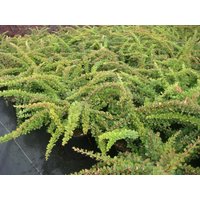 Like a lush green firework, Berberis thunbergii ‘Green Carpet’ has distinctive arching branches, each densely covered in small bright green leaves. In spring, small yellow flowers are produced which attract pollinating insects, and are followed by glossy red berries. Come autumn the whole shrub turns orange and crimson for a truly breathtaking display! Forming a
Like a lush green firework, Berberis thunbergii ‘Green Carpet’ has distinctive arching branches, each densely covered in small bright green leaves. In spring, small yellow flowers are produced which attract pollinating insects, and are followed by glossy red berries. Come autumn the whole shrub turns orange and crimson for a truly breathtaking display! Forming a
Berberis thunbergii ‘Kobold’
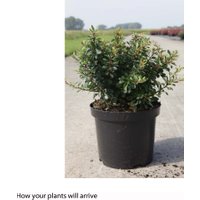 A versatile little deciduous shrub, Berberis thunbergii ‘Kobold’ forms a dense, compact mound of dark green foliage which takes on yellow tints in the autumn before falling. The small, pale yellow spring flowers are attractive to pollinating insects and are followed by glossy red berries. Excellent for edging or dwarf hedging, this dwarf Barberry also
A versatile little deciduous shrub, Berberis thunbergii ‘Kobold’ forms a dense, compact mound of dark green foliage which takes on yellow tints in the autumn before falling. The small, pale yellow spring flowers are attractive to pollinating insects and are followed by glossy red berries. Excellent for edging or dwarf hedging, this dwarf Barberry also
Berberis x ottawensis ‘Auricoma’
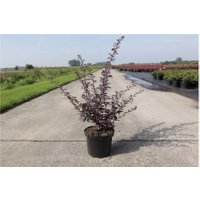 Berberis x ottawensis ‘Auricoma’ is easily recognisable because its dense, purple-red leaves stand out amongst other plants’ green foliage. This unusual tone contrasts with the bright, yellow flowers this Barberry produces in the early spring. It also provides a striking backdrop to the subsequent orange-red berries. The deciduous, hardy shrub is no less colourful in
Berberis x ottawensis ‘Auricoma’ is easily recognisable because its dense, purple-red leaves stand out amongst other plants’ green foliage. This unusual tone contrasts with the bright, yellow flowers this Barberry produces in the early spring. It also provides a striking backdrop to the subsequent orange-red berries. The deciduous, hardy shrub is no less colourful in
Berberis thunbergii
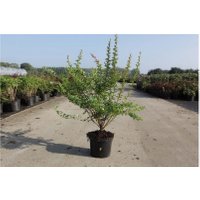 Although Berberis thunbergii is often used as a prickly, low hedge, its green foliage, yellow spring blooms and red autumn berries also make for a great specimen plant. This Barberry is particularly eye-catching when its deciduous leaves turn firey shades of gold, orange and red before falling to the ground. This colourful display, in addition
Although Berberis thunbergii is often used as a prickly, low hedge, its green foliage, yellow spring blooms and red autumn berries also make for a great specimen plant. This Barberry is particularly eye-catching when its deciduous leaves turn firey shades of gold, orange and red before falling to the ground. This colourful display, in addition
Berberis thunbergii f. atropurpurea
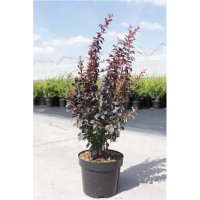 This variety of Japanese Barberry is distinguished by its density, which makes it an ideal candidate for use as a thick hedge. However, its rounded habit is equally notable, meaning that the hardy shrub can be grown into an excellent specimen plant, perfect for sunny or partially shady borders. Wherever it’s placed, Berberis thunbergii f.
This variety of Japanese Barberry is distinguished by its density, which makes it an ideal candidate for use as a thick hedge. However, its rounded habit is equally notable, meaning that the hardy shrub can be grown into an excellent specimen plant, perfect for sunny or partially shady borders. Wherever it’s placed, Berberis thunbergii f.
Abeliophyllum distichum
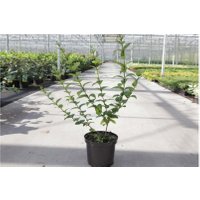 Abeliophyllum distichum is sure to be the talking point of any garden, be it a cottage, exotic or scented setting. The unusual hardy shrub provides year-round interest, beginning in February when it produces pure white flowers. These blooms exude a sweet fragrance, which is sure to bring joy to even the dullest of winter days.
Abeliophyllum distichum is sure to be the talking point of any garden, be it a cottage, exotic or scented setting. The unusual hardy shrub provides year-round interest, beginning in February when it produces pure white flowers. These blooms exude a sweet fragrance, which is sure to bring joy to even the dullest of winter days.
Berberis thunbergii f. atropurpurea ‘Dart’s Red Lady’
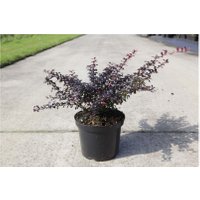 Whoever Dart might be, he’s lucky to possess this Red Lady. Berberis thunbergii f. atropurpurea ‘Dart’s Red Lady’ is among the finest varieties of Japanese Barberry, as evidenced by its well deserved RHS AGM. The hardy shrub spreads beautifully to create a blanket of colour throughout the season, beginning when its deep purple, deciduous leaves
Whoever Dart might be, he’s lucky to possess this Red Lady. Berberis thunbergii f. atropurpurea ‘Dart’s Red Lady’ is among the finest varieties of Japanese Barberry, as evidenced by its well deserved RHS AGM. The hardy shrub spreads beautifully to create a blanket of colour throughout the season, beginning when its deep purple, deciduous leaves
Aronia x prunifolia ‘Aron’
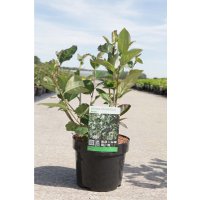 This deciduous, hardy shrub has many advantages. Perhaps the most notable of these is the spectacular display it puts on in autumn; its leaves turn fantastic shades of red and purple before falling. Not to be outdone, its black-red berries are both attractive and persistent, remaining on their stems well into the winter. The Chokeberry
This deciduous, hardy shrub has many advantages. Perhaps the most notable of these is the spectacular display it puts on in autumn; its leaves turn fantastic shades of red and purple before falling. Not to be outdone, its black-red berries are both attractive and persistent, remaining on their stems well into the winter. The Chokeberry
Arundo donax ‘Variegata’
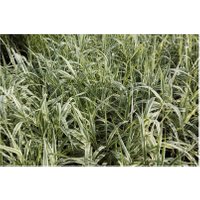 Arundo donax ‘Variegata’ is a half-hardy perennial grass with variegated, green foliage and wide, pale margins. The Giant Reed’s exotic, upright stems stretch to an impressive 1.8m (5’11) when fully grown, making it a dramatic addition to patio containers, well-watered pot plants and the backs of sunny borders. Planting Arundo donax var. versicolor outdoors will
Arundo donax ‘Variegata’ is a half-hardy perennial grass with variegated, green foliage and wide, pale margins. The Giant Reed’s exotic, upright stems stretch to an impressive 1.8m (5’11) when fully grown, making it a dramatic addition to patio containers, well-watered pot plants and the backs of sunny borders. Planting Arundo donax var. versicolor outdoors will
Aucuba japonica ‘Crotonifolia’
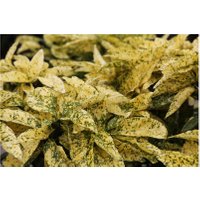 Don’t be fooled by this Spotted Laurel’s delicate flowers and exotic foliage, for the hardy shrub is well-suited to the changeable British climate. Whether it’s planted in a shady, dry or costal garden, Aucuba japonica ‘Crotonifolia’ will sport glossy, evergreen, gold-patterned leaves and produce small, rusty red flowers in the spring. The plant continues to
Don’t be fooled by this Spotted Laurel’s delicate flowers and exotic foliage, for the hardy shrub is well-suited to the changeable British climate. Whether it’s planted in a shady, dry or costal garden, Aucuba japonica ‘Crotonifolia’ will sport glossy, evergreen, gold-patterned leaves and produce small, rusty red flowers in the spring. The plant continues to







